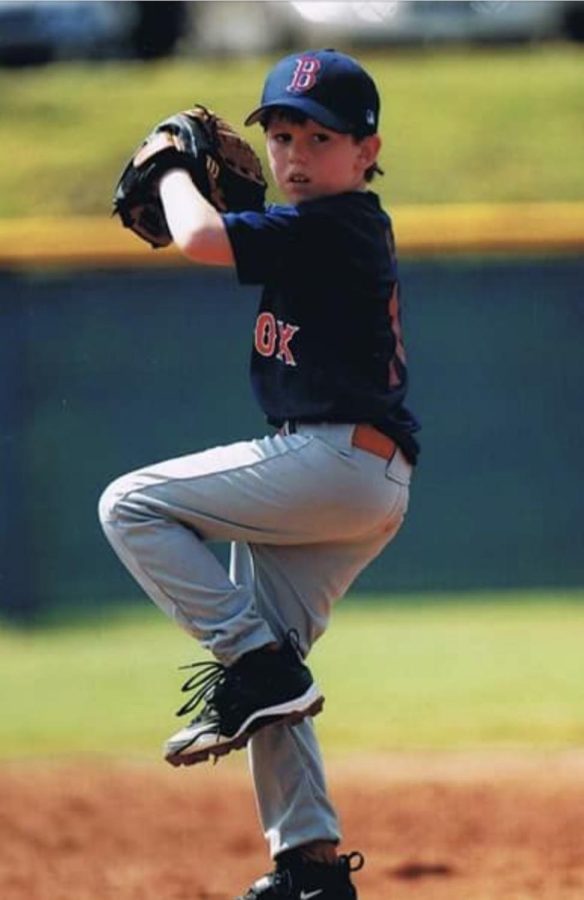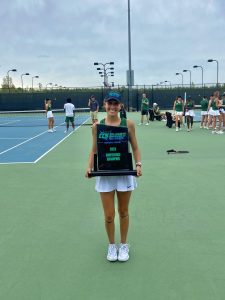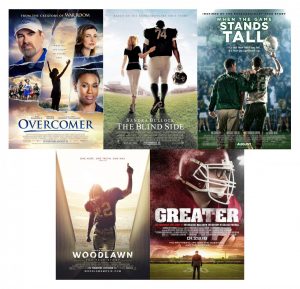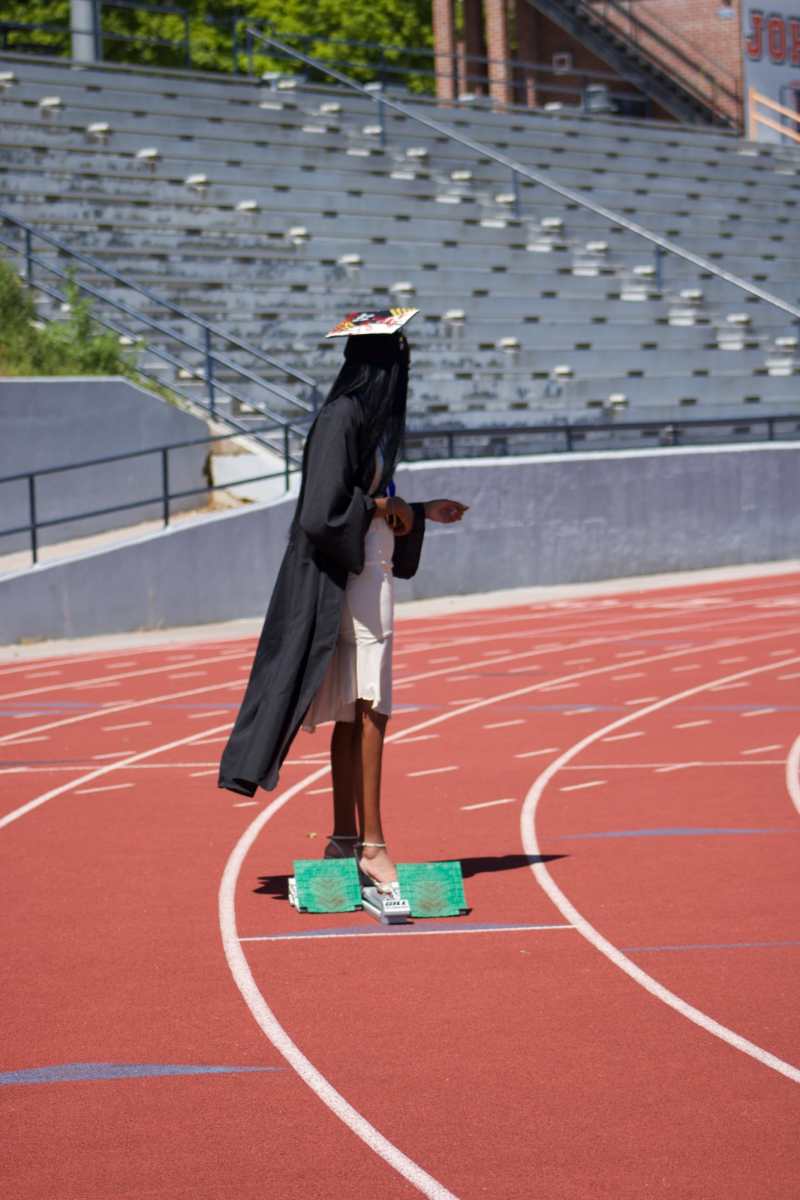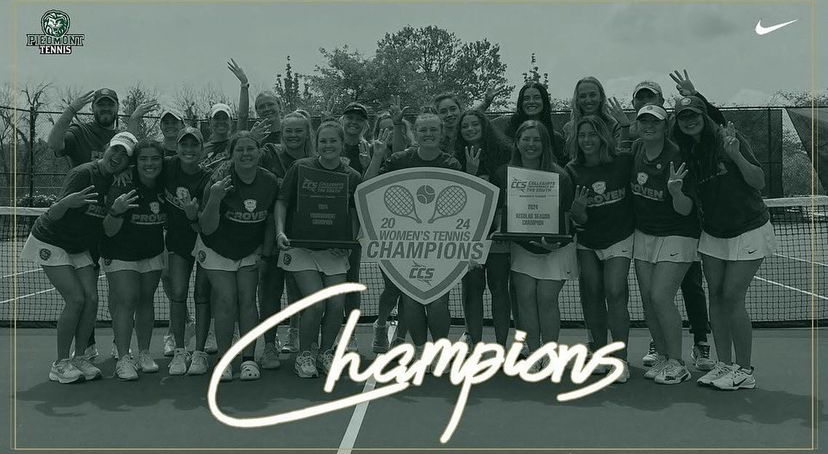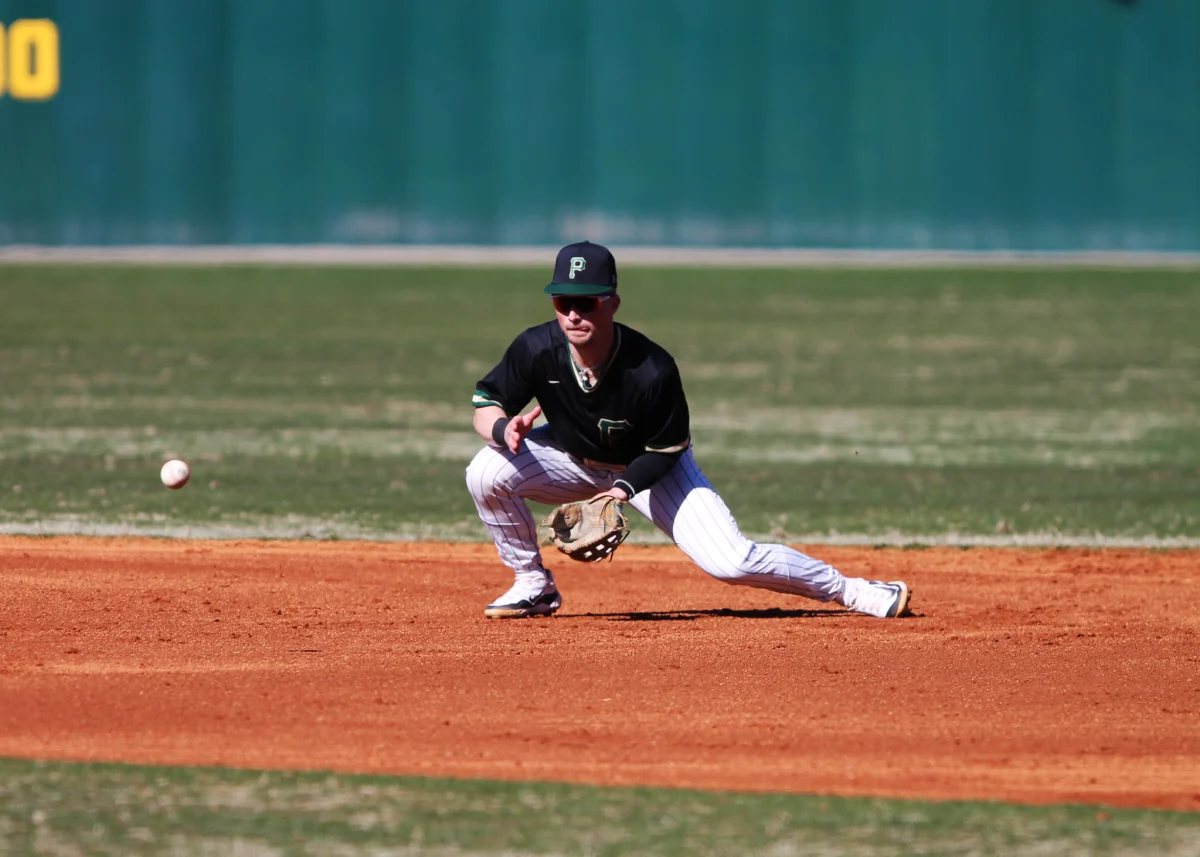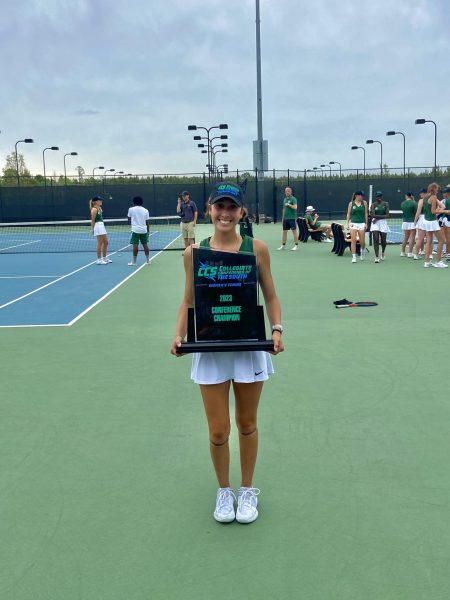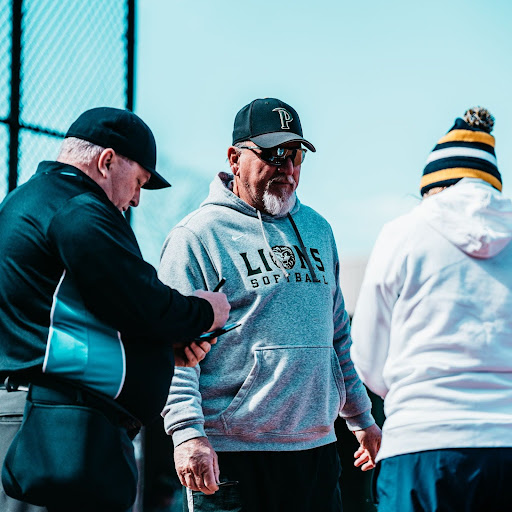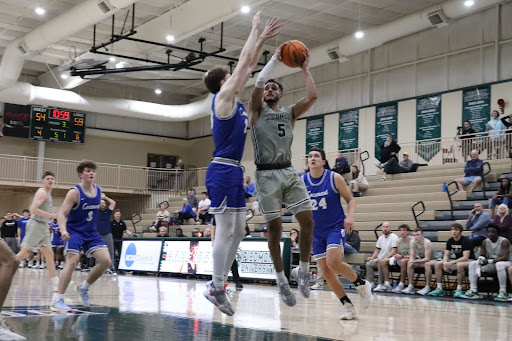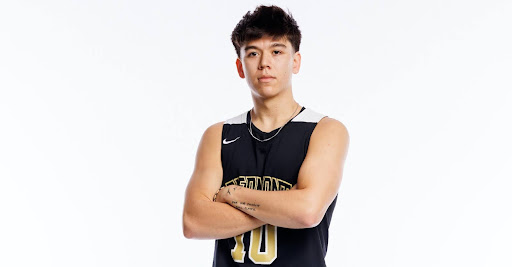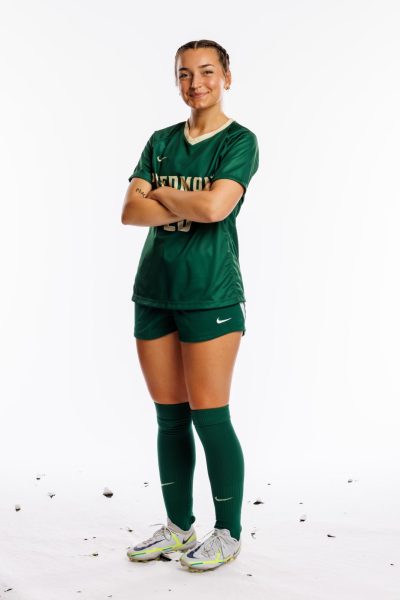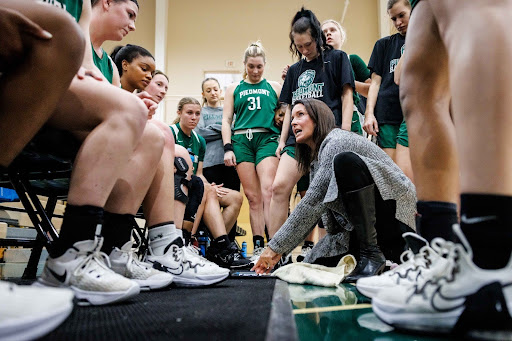A Youthful Influence on Online Sports Coverage
A young Andy Klein plays at his first organized baseball game, sparking his drive to play into college PHOTO//Andrew Klein
April 7, 2023
College athletes often begin their careers in the sport they play and love at an early age. The process seems to start in middle and high school commonly, but even elementary school is becoming more of the norm as years pass. These athletic children develop into adults and play their sport throughout this process, growing physically and mentally over time. The world is constantly changing around them as well, and these young athletes are the frontrunners for establishing what is popular online with trends they set and appreciate.
In today’s media environment, Division III athletics and the rest of the sports world have focused on monitoring the best way to promote an athletic program online and gain traction in the community. Piedmont University’s adaptation of this concept has resulted in an even stronger social media presence and a consistent effort to develop a professional and unique live sports broadcasting experience on YouTube.
Senior sports communications major and youth baseball trainer and coach Andrew (Andy) Klein has the distinct privilege to experience sports media’s influence on the college level and how it trickles down to lower levels.
“It’s crazy how fast things have moved since I was in middle school,” said Klein. “Social media wasn’t really a part of my youth sports experience, but it’s such an influence for the athletes I work with now.”
This influence is illustrated through the trends we see on social media today, specifically in sports. A collegiate sports information department aims to provide coverage and increase the visibility of an athletic program. The younger generations using social media to access sports in various ways develop new norms for the “best” ways to present content online at that given time.
Using the increased social media accessibility that’s been implemented, Piedmont has taken notice of the way trends move, trying to create an outreach that spans all age ranges of fans. This works best for Piedmont in terms of gaining traction from prospective athletes, fans and even future recruits. Formatting a tweet or posting a video using certain lingo and relevant editing techniques can go a long way in catching and keeping the target audience’s attention.
Klein has spent long hours recording footage of his training sessions to produce TikToks highlighting some of the tips and tricks he gives these athletes to experience improvement. He uses the trends of today’s youth to hopefully gain even more traction about his private lessons.
“It reminds me of what I’ve seen from [Piedmont] baseball with some of the clips we have been lucky to get due to the broadcast,” said Klein. “The next thing we know, the video is doing numbers on social media and ends up on SportsCenter.”
The interconnectivity of all the media outlets and their relationship with sports enthusiasts today is doing wonders for the world of athletics as it spans from the early ages to the collegiate stage. Lots of the sports information world moves off other forces, so whatever is working for one organization will most likely try to be replicated elsewhere. This arrangement helps the industry as a whole to flourish, which continues to enrich the athletic experience for everyone involved. The world of sports media keeps proving to be anything but stagnant.

